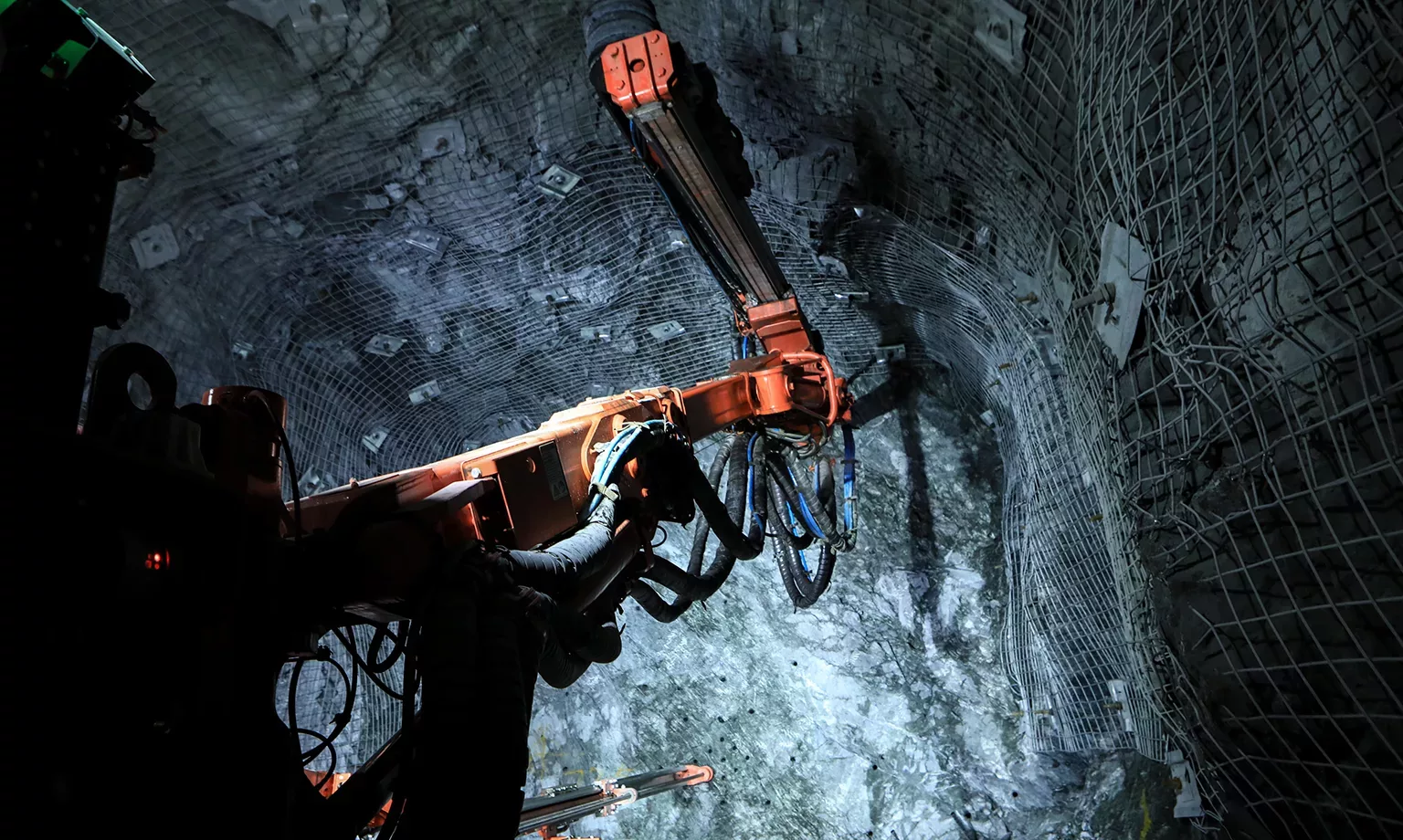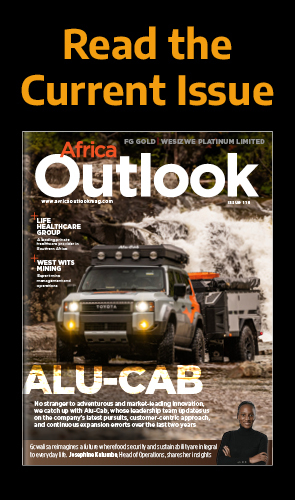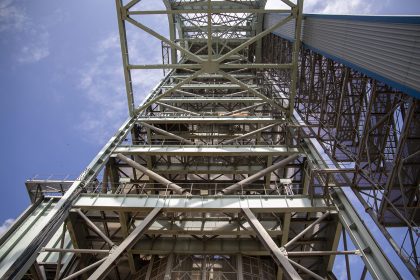PHASED APPROACH
This first phase of introducing automation to VUP includes Sandvik’s DD422i automated underground drill rig, which is being implemented with the help of Anglo American’s technical service department.
iSeries drill rigs simplify operations using automated functions, while an intuitive user interface delivers a consistent operator experience across all drill models.
The proven Sandvik Intelligent Control System Architecture (SICA), a key component of the iSeries family, provides the operator with real-time feedback regarding the machine’s performance and health, along with tools for drill planning, reporting, and analysis, ensuring quality and consistency hole-to-hole.
Sandvik is additionally providing its AutoMine® system for the remote operation of loaders and trucks, as well as its OptiMine® solution for machine health monitoring, task management, and location tracking.
On top of Sandvik’s OptiMine® and AutoMine®, De Beers is looking to integrate Howden’s Ventsim™ CONTROL system for monitoring, controlling, and optimising underground ventilation.
The company is also employing the Mobilaris Mining Intelligence platform for personnel location and situational awareness to help locate individuals in case of an emergency and notify them of incidents should they occur.
On the productivity side, De Beers is employing a cave management system to reduce overdrawing, linking the sublevel caving mine plan with on-board LHD diagnostics and bucket weighing for efficiency and safety.
“When working in harmony, all of this will make it easier for us to reach our goal of achieving just under six metric tonnes per annum (Mtpa) of kimberlite ore and at least four million carats per year,” states Van den Berg.
Following this, the next stage will be to introduce autonomous machines, which do not require an onboard operator.
The final phase will then be the implementation of a complete autonomous mining system, comprising the use of multiple autonomous machines working in harmony and managed by an integrated central traffic management system.
In addition, the company recently migrated to its integrated operations control room, where all operations will be carried out when the mine is fully automated.
Where appropriate, De Beers will take advantage of proven technologies first to ease the change management process, before advancing to less mature technologies thereafter.
“The process should see us start operating areas of the mine in a fully autonomous capacity by 2027,” Van den Berg excites.
“We will be integrating more technologies into the mix – digital mobility, data analytics, a cave management system, collision prevention, personnel alert systems, equipment location and tracking, production management through digital platforms, and centralised blasting systems,” he adds.
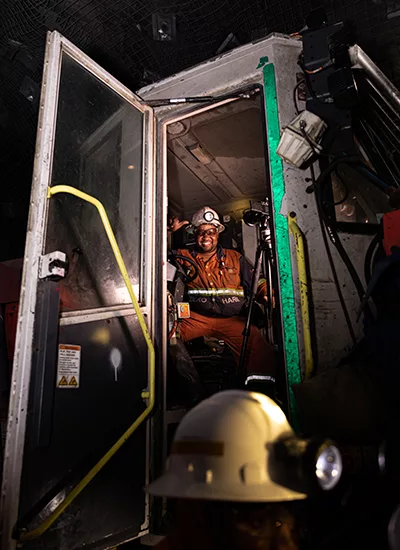
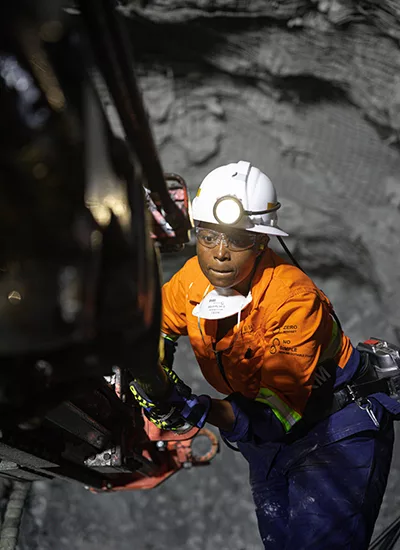
NEARING COMPLETION
Infrastructure development at VUP is around 72 percent complete, with the miner on target for production ramp-up and project completion by 2028.
To date, the miner, which initiated its first blast at the end of June 2023, is in the early stages of production.
“We are also busy developing our second ore body, K02, from which we will start production in 2026,” reveals Van den Berg.
“Production is currently focused on the top of mine (TOM), which is located between 450 and 540 metres (m) below surface from 46 Level (46L) to 54 Level (54L). The main infrastructure is located 900m to 1,000m below surface.”
The remaining infrastructure development yet to be completed includes the installation of water management systems, such as pump stations on 56 Level (56L) to cater for the excess water during the rainy seasons, as well as the construction of a primary crusher on 54L.
Further to this, the service shaft, which is currently at roughly 1,000m, will be equipped and deepened by 60m.
“There is roughly 30 percent of infrastructure development that still needs to be completed, which is earmarked for completion by 2027/28,” Van den Berg outlines.
A state-of-the-art Integrated Operations Centre (IOC), meanwhile, was recently launched on Tuesday 26th January 2024, enabling a digital environment for driving sustainable improvement at the Venetia Mine.
With the safety of VUP teams as the project’s number one priority, IOC will be critical in monitoring potential hazards and creating a safe underground operating environment.
IOC’s design and use of sophisticated technology will ensure that the underground teams work safely and efficiently, while having around-the-clock support in case of emergencies.
VUP looks forward to the positive impact that IOC will have on its journey towards achieving zero harm.
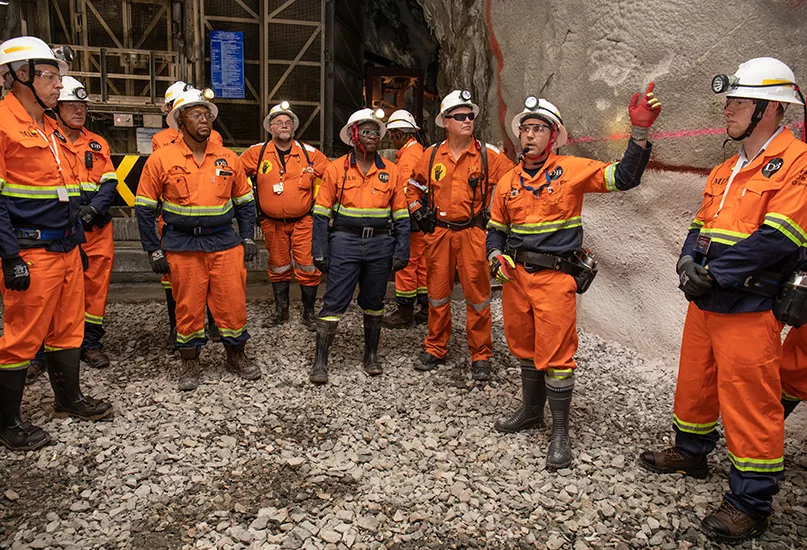
POSITIVE IMPACT
As well as increasing De Beers’ long-term global production, the underground expansion of the Venetia Mine will also bring positive socioeconomic impacts to the region.
The transition has led to the creation of new job opportunities, providing employment and skills development for local communities.
Furthermore, the mine’s operations generate economic growth through local procurement, infrastructure development, and community investments, contributing to sustainable progression in the area.
The underground expansion will therefore benefit the lives of South African host communities, which De Beers is committed to having a positive impact on.
This commitment is further exemplified by the launch of De Beers’ Building Forever sustainability strategy, comprising 12 goals that focus on leaving a lasting legacy, one of which includes establishing the means to ensure that host communities thrive.
De Beers has also partnered with the International Youth Foundation to ensure that graduates from technical vocational education and training (TVET) colleges are equipped with the right skill sets required for available jobs.
The programme has been rolled out by De Beers to benefit 12,000 students and lecturers in Limpopo, and through digitisation, it has in fact been possible to extend the scheme to all 50 TVET colleges across the country.
Moreover, for communities to thrive, it is essential that they have access to necessities such as water and healthcare.
De Beers has therefore been working with many villages surrounding its operations to provide infrastructure related to water access closer to the communities.
“We also sponsor various sporting codes as it promotes a healthy lifestyle for communities,” Van den Berg informs us.
Concentrated on the critical pillars of its sustainability strategy, De Beers’ Building Forever 2030 Goals were developed in partnership with the communities in which it operates.
The company has set out clear pathways for achieving these goals and will measure its progress along the way. De Beers will work towards hitting its targets by collaborating with key partners, investing in innovation and technology, and assessing itself against performance metrics.
“We are partnering with academics, educational institutions, non-governmental organisations (NGOs), and government to help build livelihoods and create jobs in our host communities through regional, enterprise, and supplier development support,” reveals Van den Berg.
“We’re providing access to opportunities through education and skills programmes, focused on both supporting traditional education as well as preparing and building resilience for an increasingly digital and automated future for both our local communities and workforce.”
De Beers is also working with local partners and investing in campaigns, programmes, and facilities, with a particular focus on women and youth, to achieve the UN’s Sustainable Development Goal 3 (SDG3) targets for good health and well-being.
“The well-being of our people is our number one priority, and safety remains the most important area of focus for our team”
Kobus Van den Berg, General Manager of Underground Production, Venetia Underground Project
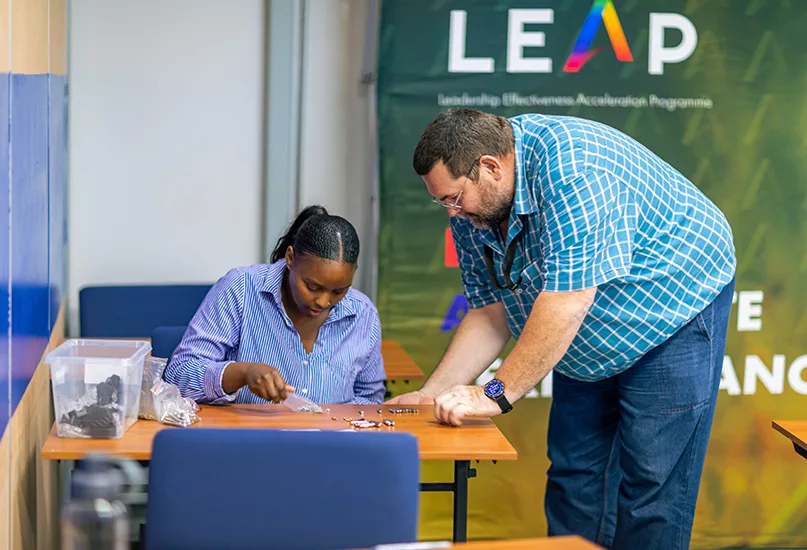
SAFETY FIRST
Safety has remained an intrinsic thread in VUP throughout the past year and indeed since the project’s inception.
De Beers’ number one value is ‘Put Safety First’, which drives the company’s goal of achieving zero harm.
Understanding that safety is everyone’s responsibility and embracing this key value requires the company to ensure that everyone is doing their part to create a zero-harm workplace.
“The well-being of our people is our number one priority, and safety remains the most important area of focus for our team,” Van den Berg emphasises.
“This is what makes the Venetia Mine a safe and mature operation. Our business case is built on our ability to improve safety and keep our people away from harm, as well as to make us more efficient and beat inflation, ensuring the margins we promised investors are realised.”
Nothing is more important to the overall success of De Beers and VUP than employees going home safely each and every day.
“We are seeing some improvement as we drive our value of ‘Show We Care’ through the successful participation in the Brother’s and Sister’s Keepers and SafeSENTRY programmes,” he tells us.
Safety has always been a top priority in the mining industry, and the Venetia Mine is no exception.
Rigorous safety protocols, comprehensive training programmes, and state-of-the-art monitoring systems have been implemented in the mine to ensure the well-being of the workforce.
This commitment to safety has resulted in a collaborative culture where every individual plays an active role in maintaining a safe working environment.
“As the underground mine progresses, operational refinements will be made based on real-time data and feedback,” concludes Van den Berg.
“Over and above the safety aspirations, continuous improvement initiatives will aim to optimise mining methods, streamline processes, and reduce costs.”




